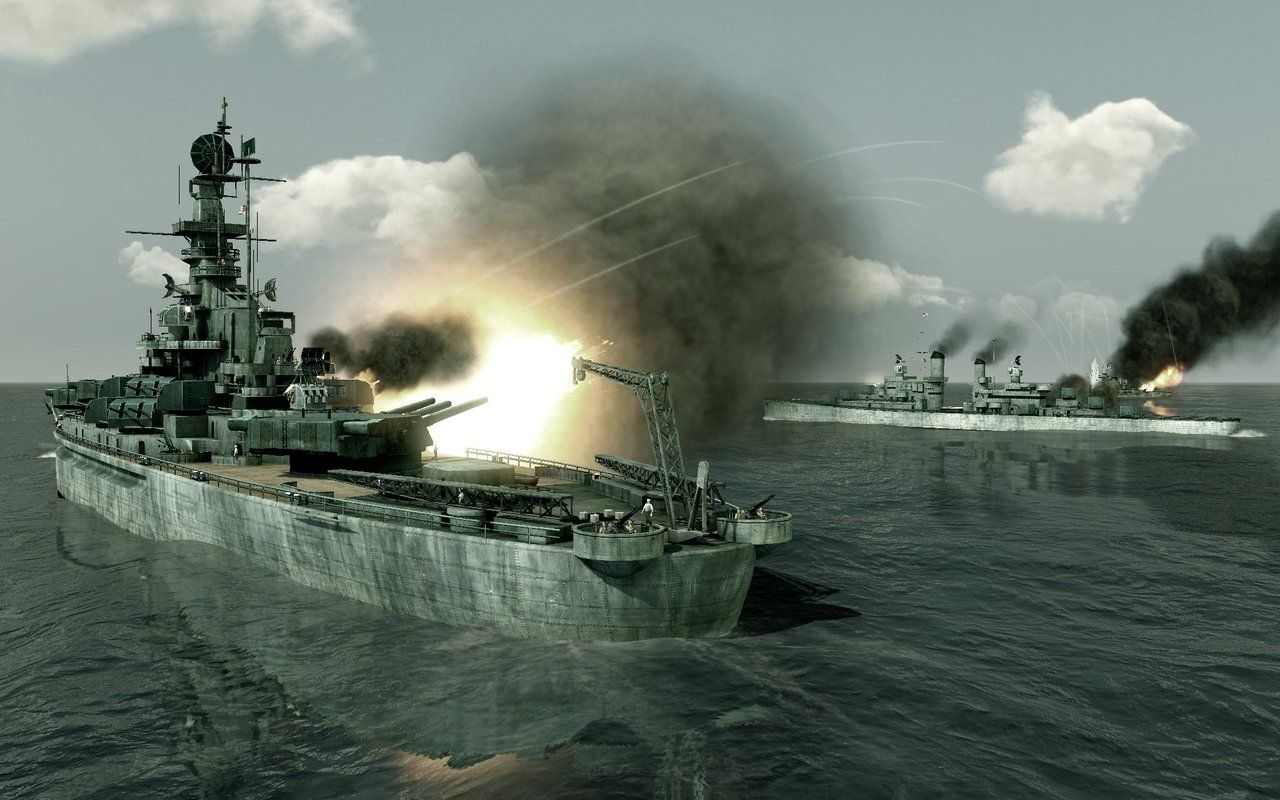

To counter this, fire single shots instead of volleys. If you fire volleys when using the Cleveland class' artillery, most of the shots you fired will miss.Unidentified Cleveland-class light cruiser (Cape Esperance) (USS Boise).Further actions included the presence of a cargo ship escorted by two destroyers towards the south, along with several Gyoraitei patrol boats and five oil tankers, which are all destroyed.Ī Cleveland-class light cruiser, the USS Santa Fe, participated in the Invasion of Tarawa, and was situated near the battleships USS Colorado and USS Maryland, which were bombarding the island.

Eventually during the battle, another Cleveland class light cruiser was active, but was stranded and mortally damaged by a destroyer.

A second wave of two Takao class heavy cruisers, the Kinugasa and the Furutaka engaged the American warships. The initial engagement consisted of Helena, Duncan, and Farenholt being engaged by a Takao class heavy cruiser, the Aoba, and two Fubuki-class destroyers, the Fubuki and the Hatsuyuki.

The USS Sacramento was docked near USS Downes and the battleship USS California.Ī Cleveland-class light cruiser, the USS Helena participated in the Battle of Cape Esperance on October 11th, 1942, alongside the Northampton-class cruiser USS San Francisco and the Clemson-class destroyers USS Duncan and USS Farenholt. The USS Phoenix was stationary in shallow water near the battleships USS Nevada, USS Arizona, and others. The USS Phoenix and the USS Sacramento were both located in Pearl Harbor, Hawaii during the Attack on Pearl Harbor in December 7th, 1941. The Cleveland class was considered strong against destroyers and light cruisers, but weak against heavy cruisers, battleships, and submarines. Two turrets of the main battery faced the stern, while the other two turrets were at the front forward of the main mast.ĭue to its characteristics, the Cleveland class served as an excellent aircraft carrier escort ship. At the base of the secondary mast was located the remaining three dual-purpose guns facing stern, port, and starboard, and were supplemented with two light machine guns, each at port and starboard. The secondary mast consisted of another radar system, along with a port and starboard heavy machine gun nest. Three of the six dual-purpose 5" guns were located at the base of the mast, facing forward, port, and starboard. A light machine gun nest was located at the front above the bridge, with a heavy machine gun nest at port and starboard, also located above the bridge and below the radar system. The main mast consisted of the bridge, as well as one of two radar systems and antennas. The Cleveland class consisted of a forward main mast and a secondary aft mast, with two smokestacks in between them along with two lifeboats and other systems on a gap. Additionally, a crane was situated at the stern of the vessel. The design of the Cleveland class included two seaplane launchers at the aft of the ship, both on port and starboard. The Cleveland class did not carry torpedo tubes, making the ship class ineffective against battleships and similar ships. The dual-purpose guns were also ideal to provide an excellent anti-air suite, affording the Cleveland class heavy AA firepower in every direction. The main battery gave the ship considerable firepower against any other warship that was lighter than a battleship, with its secondary battery of dual-purpose guns allowing for a broadside of large proportions. The Cleveland class was armed with a main battery of twelve 6" guns on four turrets, alongside twelve 5" dual-purpose guns placed in six turrets midships.


 0 kommentar(er)
0 kommentar(er)
